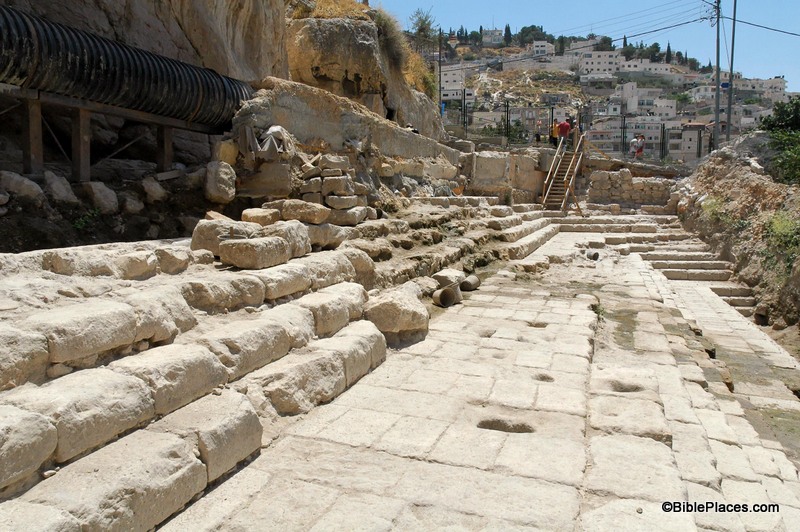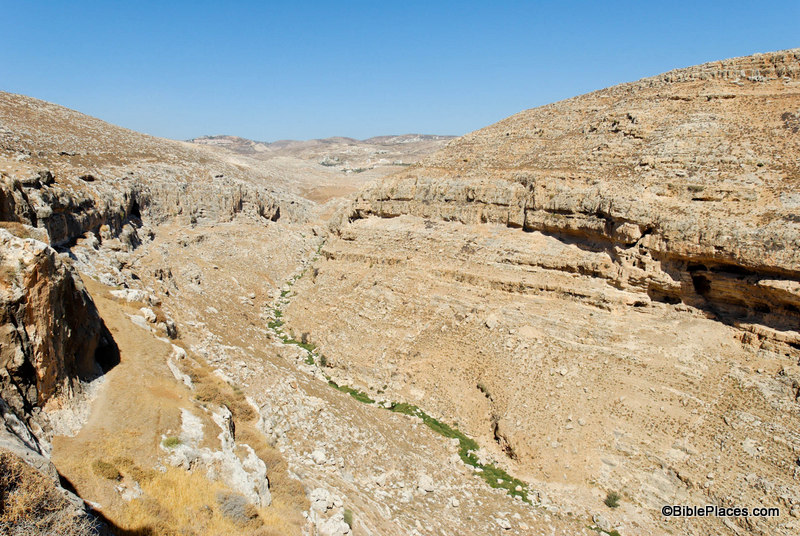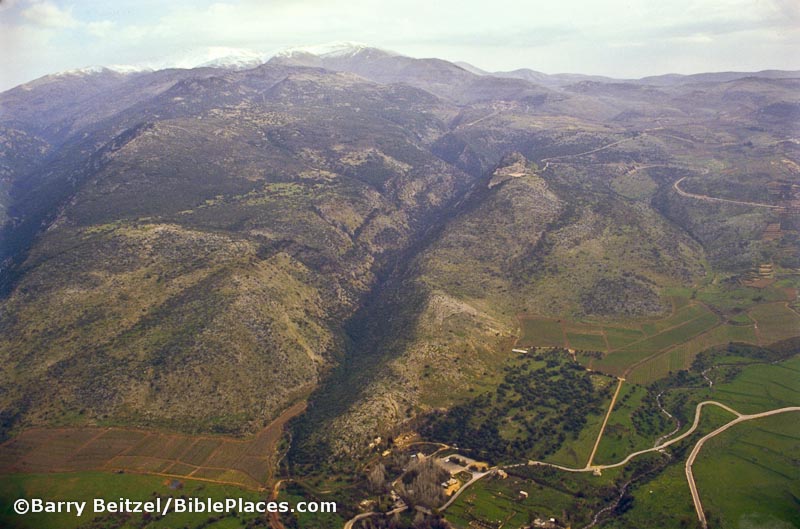(Guest post by Seth M. Rodriquez.)
One of the most impressive additions to Volume 3 of the revised and expanded Pictorial Library of Bible Lands are the photos of the newly discovered Pool of Siloam. The original Pictorial Library was published in 2003 and the 1st century Pool of Siloam was discovered one year later. So naturally the original collection did not include any pictures of this significant site, but the revised version includes over 30. So this week’s photo comes from Volume 3 of the revised and expanded edition and is entitled “Pool of Siloam Excavations” (photo ID #: tb070305450).
First, a note of explanation: If you have ever been to Israel and have walked through Hezekiah’s Tunnel, you were probably told that the small pool at the end of the tunnel was the Pool of Siloam.
That is true but it should be clarified that that is the Pool of Siloam from the Byzantine period (AD 324-640). The pool pictured above is the Pool of Siloam that existed in the 1st century AD. This is a much larger pool than the Byzantine pool. The side that has been excavated is 160 feet long (50 meters). There are three groups of steps leading down, with each group containing five steps. The fifth step of each group is much longer than the others and probably served as a platform for bathers to stand on.
This Pool of Siloam is the one that existed during the time of Jesus and His disciples. In fact, John 9 tells us that a miraculous healing occurred at this very spot. As they are leaving the Temple, Jesus and the disciples see a man who has been blind since his birth and the disciples ask Jesus a question that probably was debated by the leading religious minds of their day: “Who sinned, this man or his parents, that he was born blind?” (John 9:2, ESV.) The question gives Jesus the opportunity to teach them an important lesson that corrected their thinking and now serves as a comfort for all who have ever wrestled with incurable physical ailments: “It was not that this man sinned, or his parents, but that the works of God might be displayed in him.” (John 9:3, ESV.) Then Jesus made some mud by spitting on the ground, placed it on the man’s eyes, and told him to wash in the very pool pictured above: “Go, wash in the pool of Siloam” (John 9:7, ESV). The man followed Jesus’ command and could see after he washed the mud off his eyes.
Unfortunately only part of the pool has been excavated. The rest of it sits under an orchard that the owners are not willing to remove (the last I’ve heard). Hopefully that situation will change in the near future so that more of this important pool can be exposed.
Additional photos and more information about the newly discovered Pool of Siloam are available here and here on the BiblePlaces website. Previous posts on this blog about the pool (which are numerous) can be found here. This photo, along with over 30 other pictures of the pool, is included in Volume 3 of the Pictorial Library of Bible Lands and can be purchased here.


